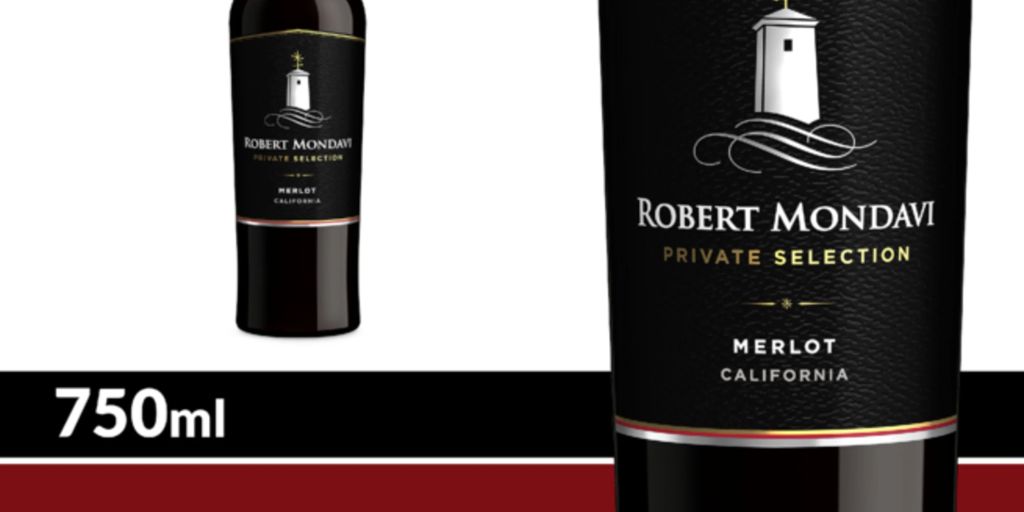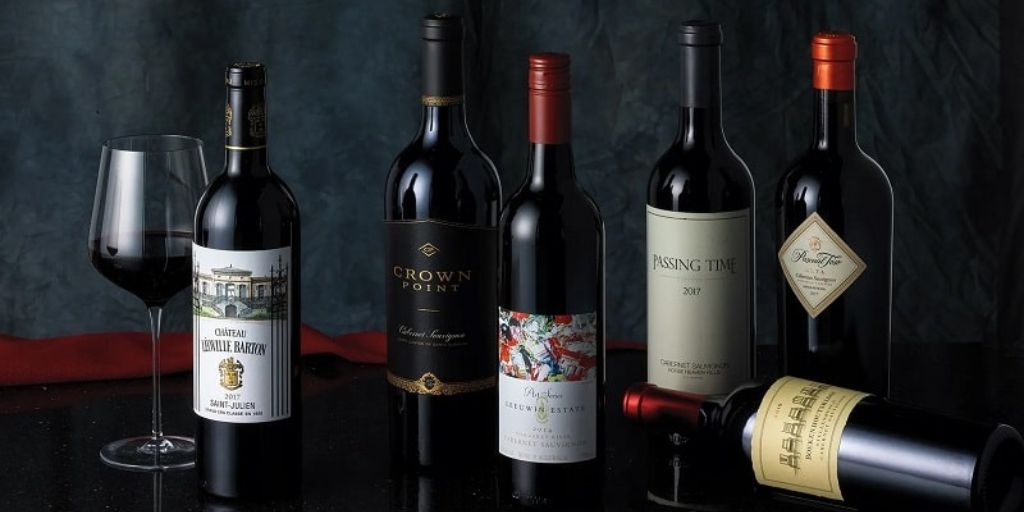When it comes to red wines, Cabernet Sauvignon and Merlot often dominate the conversation. Both are among the most popular and widely planted grape varieties in the world, each offering a unique sensory profile and winemaking versatility.
While they share some common ground—often being blended together and hailing from Bordeaux, France—their differences are pronounced enough to shape the preferences of casual drinkers and connoisseurs alike.
Understanding the distinctions between Cabernet Sauvignon and Merlot can elevate your wine-drinking experience, help you pair them better with food, and even guide your decisions at the wine shop. This article explores their differences in flavor, structure, aging potential, growing conditions, and more.
Origins and Lineage
Both grapes originated in Bordeaux, France, where they are key players in the region’s prestigious red blends. Cabernet Sauvignon is a natural cross between Cabernet Franc and Sauvignon Blanc, believed to have emerged in the 17th century. Merlot, on the other hand, is older, likely dating back to the 18th century and descended from Cabernet Franc and Magdeleine Noire des Charentes.
In Bordeaux, Cabernet Sauvignon thrives on the Left Bank (e.g., Médoc), where gravelly soils and a warmer microclimate help it ripen fully. Merlot finds its stronghold on the Right Bank (e.g., Saint-Émilion, Pomerol), preferring cooler, clay-rich soils that suit its earlier ripening schedule.
Flavor Profile
The flavor differences between these two varietals are among the most noticeable distinctions:
Cabernet Sauvignon:
-
Flavors: Blackcurrant (cassis), blackberry, green bell pepper, mint, tobacco, cedar, and graphite.
-
Aromatics: Herbal, earthy, and sometimes spicy depending on oak aging.
-
Mouthfeel: Bold, firm, and often grippy due to high tannin levels.
-
Acidity: Medium to high.
Cabernet Sauvignon delivers a structured, intense wine that often benefits from years of aging to soften and develop complex tertiary notes like leather and cigar box.
Merlot:
-
Flavors: Plum, cherry, raspberry, chocolate, and sometimes herbs or mocha.
-
Aromatics: Softer, more fruit-forward, and accessible.
-
Mouthfeel: Round, plush, and smooth with moderate tannins.
-
Acidity: Medium.
Merlot is generally softer and more approachable in its youth, often described as smooth and velvety. It lacks the bite of Cabernet, which makes it appealing to new wine drinkers.
Tannin and Body
One of the most defining structural differences between the two wines is tannin content.
-
Cabernet Sauvignon has high tannins, giving it a robust structure and more intense mouth-drying sensation.
-
Merlot is medium in tannins, resulting in a softer, plusher experience.
In terms of body, both are considered full-bodied wines, but Cabernet Sauvignon feels denser and more powerful, while Merlot is rounder and more supple.
Aging and Cellaring
Cabernet Sauvignon is a champion of aging. Thanks to its tannic backbone and natural acidity, it can evolve over 10–20 years, developing complex aromas and flavors. It is often matured in oak barrels, which add spice, smoke, and vanilla notes.
Merlot, while it can age well—especially top examples from Pomerol or Napa—is usually best consumed within 5–7 years. It can also see oak, but the aim is usually to preserve its fruit-forward character and soft texture.
Growing Conditions and Climate Preferences
Cabernet Sauvignon:
-
Ripens late in the season, needing warm climates to reach full maturity.
-
Prefers gravelly soils that retain heat.
-
More resilient to pests and rot.
Merlot:
-
Ripens earlier, which makes it susceptible to spring frost but allows successful growth in cooler regions.
-
Thrives in clay-rich soils with good water retention.
-
More vulnerable to mildew and disease due to thinner skins.
This difference in ripening time means that Merlot can be grown in a wider variety of climates, but also that it’s more sensitive to vintage variation.
Food Pairings
Each varietal pairs differently with food due to their structural profiles:
Cabernet Sauvignon Pairs Well With:
-
Grilled steaks
-
Lamb chops
-
Hard cheeses (e.g., aged cheddar)
-
Hearty stews
-
Dishes with rosemary, thyme, or black pepper
Its tannins work well with fatty proteins, helping cleanse the palate between bites.
Merlot Pairs Well With:
-
Roast chicken
-
Pork tenderloin
-
Mushroom risotto
-
Soft cheeses (e.g., Brie)
-
Dishes with tomato-based sauces
Merlot’s smoothness and fruitiness make it versatile for a wide array of foods, including many comfort dishes.
Common Regions and Expressions
Cabernet Sauvignon:
-
France (Bordeaux) – Often blended with Merlot and Cabernet Franc.
-
United States (Napa Valley) – Bold, ripe, and fruit-driven.
-
Chile – Balanced, herbal, and affordable.
-
Australia – Rich and sometimes spicy, especially from Coonawarra.

Merlot:
-
France (Right Bank Bordeaux) – Elegant and structured (e.g., Château Pétrus).
-
United States (California, Washington) – Fruit-forward and lush.
-
Italy – Found in blends and varietal bottlings in Tuscany and Friuli.
-
Chile – Smooth, medium-bodied, and value-driven.
While both grapes are planted globally, Cabernet Sauvignon tends to dominate in prestige and pricing, especially in markets where boldness is valued.
Popular Blends
Although each grape is vinified on its own, they’re often combined, especially in Bordeaux-style blends, to balance one another:
-
Cabernet Sauvignon + Merlot: The Cabernet adds structure, tannin, and aging potential; the Merlot softens the blend with fruit and roundness.
-
This blend format has been successfully replicated in California, Australia, and South Africa.
Their complementary natures make them ideal blending partners, creating wines with complexity and harmony.
Price and Availability
-
Cabernet Sauvignon often commands higher prices, especially from top regions like Napa or Médoc.
-
Merlot tends to be more affordable and is frequently found in mid-range offerings, though ultra-premium examples (like Pétrus) exist.
Merlot is generally easier to find at entry-level price points, while high-quality Cabernet Sauvignon can demand significant investment.
Final Thoughts
Though they share roots and often grow side-by-side, Cabernet Sauvignon and Merlot offer distinctly different experiences. Cabernet is structured, bold, and age-worthy—tailored for those who enjoy intensity and longevity. Merlot is soft, approachable, and fruit-driven, suited to those seeking comfort and roundness.
Understanding these differences helps demystify the wine aisle and lets you choose a bottle that aligns with your taste preferences or culinary plans. Whether you gravitate toward the commanding presence of a Cabernet or the velvety charm of a Merlot, both grapes deserve a place in any wine lover’s rotation.


